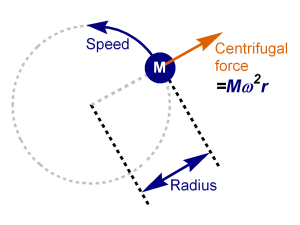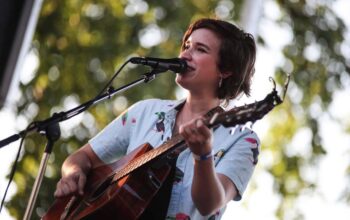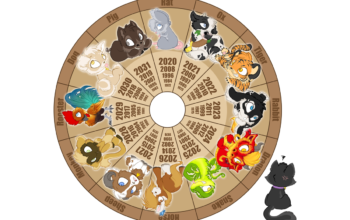Faith Hill – This Kiss (1998)
If I asked you what force this was,
F = Mω2r
would you describe it as
/ˌsɛnˈtrɪfəgəl/
or rather
/ˈsɛntrəˈfjugəl/
Better, if I asked you to write a #1 country crossover pop tune with it, what would you… well, never mind what you would tell me.
Best: if I asked you to name something that was impossible, unstoppable, unthinkable, unsinkable, subliminal and criminal, and then write a #1 country crossover pop tune with that, what would you come up with?
I’m not even going to mention Faith Hill in this post, other than to say that she made a metric fuck-tonne of money off of this song, despite the fact that she didn’t write it, didn’t play it, ostensibly co-produced it, and otherwise only sang its lead voice. Matter of fact, of her modest body of recorded work which comprises just over 100 songs, she only co-wrote two of them and played instruments on approximately none of them (her co-credit for hand claps on her second album doesn’t count). Basically, Faith has achieved multiple lifetimes of fame and fortune posing barefoot on album covers and singing karaoke. Damn good karaoke, mind you, but… karaoke.
The story here is in the song itself and its songwriter. s.
Annie Roboff, a professional pop tunesmith well connected in Nashville’s burgeoning crossover scene – and apparently a proponent of the so-called Murder on Music Row insurrection – was chilling with bestie and fellow songwriter Robin Lerner. Annie pulled out her electronic Yamaha keyboard on the patio and started riffing to a motorized beat and, so the story goes, pumped out most of the song with Robin’s two lyrical cents worth in a single sitting. She played its current state at a later date for songwriting veteran Beth Nielsen Chapman, who loved it and wanted in, and her contribution helped deliver the finished product.
You can hear Annie’s full story here on Chris Lindsay‘s Pitch List podcast, but for our purposes there are two critical facts about the backstory: first, the song was originally intended to be an R&B song (with, indeed, Brandi as a candidate to lay it down), and; second, most every nuance of the song that Faith Hill eventually released was entirely faithful to Roboff/Lerner/Chapman’s composition and subsequent guitar arrangement.
So with the singer now off the stage and the songwriter front and center, the question stands: how the hell do eight four-syllable words, not least among them ‘centrifugal’, make their way into a three-minute-long country lovesong?
The answer is in the writing process itself. Firmly, Roboff admits that, in her world, music comes first, lyrics second, both as a matter of course and in this song specifically. The quirky line “Baby hello, oh no, goodbye” just fell out of her mouth, as did the physics lecture on circular force moving away from a centrepoint. “I didn’t know what I was [writing], I was just putting goofy words together subconsciously”.
You should know, buy the whey, the namesake of this very blog – Genesis‘ Naminamu – came by its name using that very same method.
So what of the other keystone words in the song? Whence does one find kisses to be Subliminal? Unstoppable? Unsinkable? It can’t be because those descriptions make any sense. Cuz they don’t, y’see.
Each of these first goofy pairs, Impossible, Unthinkable and Subliminal, come immediately before the song’s ‘This Kiss’ refrain. And each in turn is preceded by a pitched “It’s” on the first beat, and a pitchless “ah” on the second

It’s not just a queer lyric, it’s an odd vocal line altogether. If the song were written text- and/or melody-first, it’s easy to imagine that the ends of these verses might have been much different; much more, let’s say, singable. It’s as if Roboff was thinking of something other than a vocal part when she inserted these lines… and kept them through all the song’s iterations.
So let’s consider another instrument, say, the drums. Where do we typically find drum fills? Usually at particular moments of transition, development and emphasis. Rolls across tom-toms usually lead into important passages, such as harmonic cadences, key transitions, phrase endings and… choruses. If we took the pitches out of that same melody above and instead played them on those parts of the drumkit that play starring roles in important drum fills – the crash cymbals and tom-toms – it would look exactly like this (that first beat would be the bass drum, the second beat includes the snare drum and crash cymbal, and the last four notes are the tom-toms):

…exactly the type of simple fill that any musician (though not necessarily a drummer) might imagine at a critical point like this one. Remember, Roboff composed this on a keyboard, indeed one with an electronic beat feature built in, but not one that supplied discrete, timely drum fills for emphasis. Remember too that Roboff wrote the song music first, and the lyrics were just along for the ride, in her words “goofy words [inserted] subconsciously”. That’s as musical as any lyric can be.
It’s, *ah*, fantastical.



